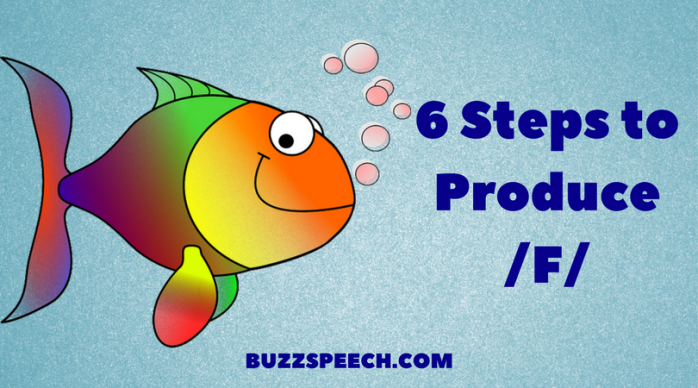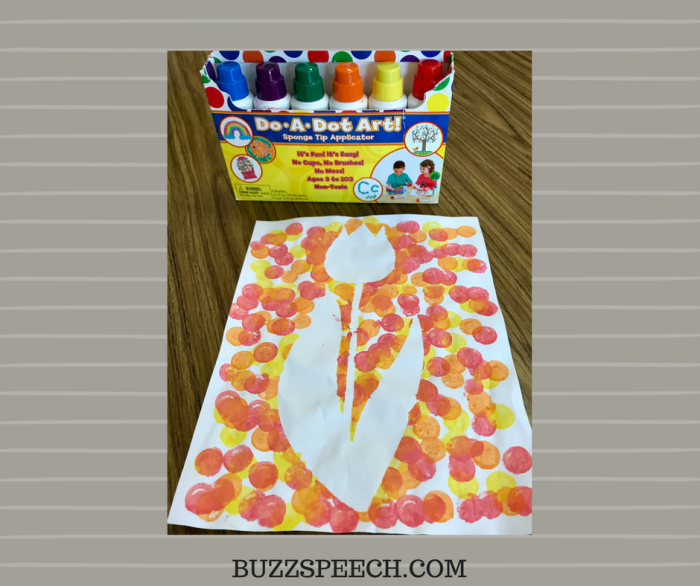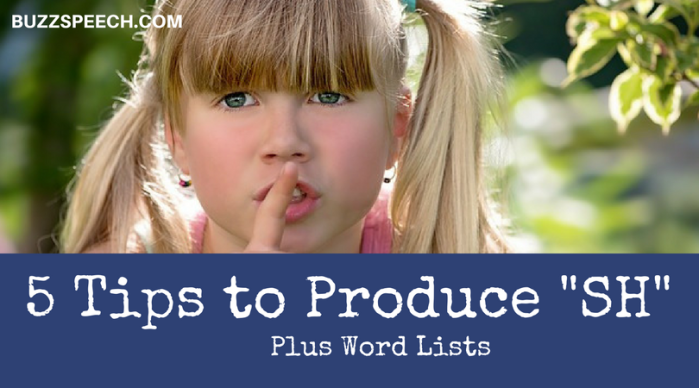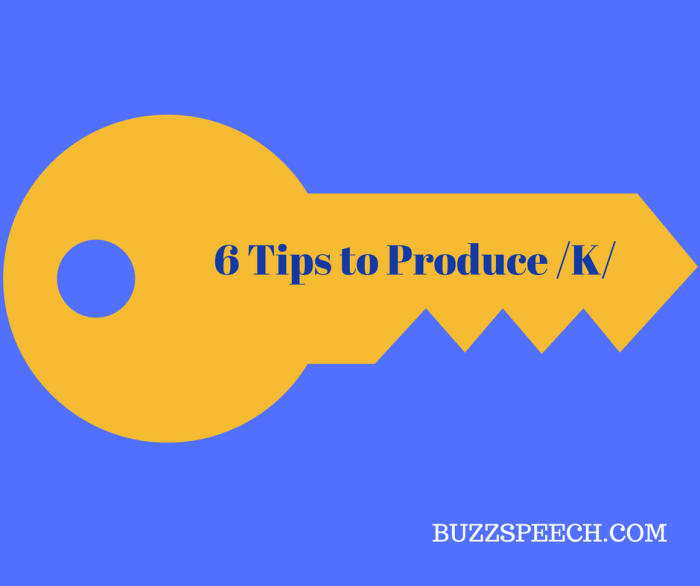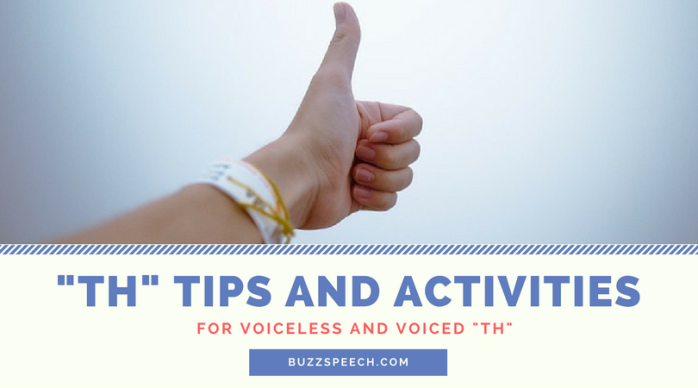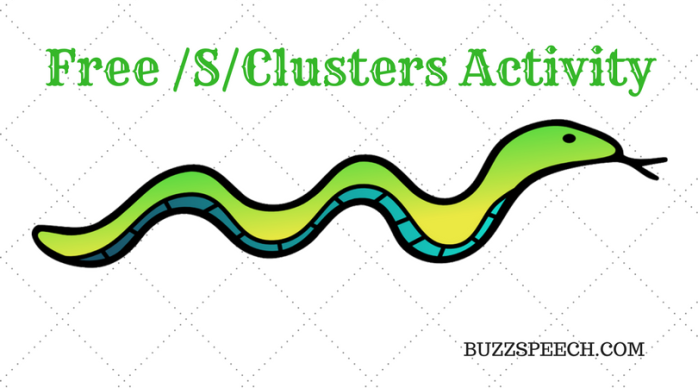Does your child have difficulty making the /f/ sound? Does he say "pish" instead of fish? Well, if your child is over the age of 4, then this error is no longer age-appropriate. Developmentally, children between the ages of 3- and 4-years are able to say the /f/ sound consistently in conversational speech. Luckily, the /f/ sound … Continue reading 6 Simple Steps to Help Your Child to Produce the /F/ Sound
Tag: Articulation
6 Easy Tips to Help Your Child Produce the /G/ Sound
Most children are able to appropriately produce the /g/ sound by around 4-years-old. A common substitution for /g/ is the /d/ sound. If your child is younger than 4, it is developmentally appropriately for your child to misarticulate this sound (Ex. “do” instead of go). This substitution is part of the phonological process called fronting. The /g/ … Continue reading 6 Easy Tips to Help Your Child Produce the /G/ Sound
5 Easy Tips to Produce Sh Sound
By around 5-years-old your child should be able to appropriately produce the SH sound. This sound is heard in words like; sheet, tissue, and fish. A common substitution of this sound is /s/. For example, your child may say "seat" when attempting to produce sheet. This speech error can make it difficult to understand what your child is trying to … Continue reading 5 Easy Tips to Produce Sh Sound
6 Easy Tips to Produce the /K/ Sound and; Free /K/ Activity
Children should be able to appropriately produce the /k/ sound by around 4-years-old. A common substitution for /k/ is the /t/ sound. If your child is younger than 4, it is developmentally appropriately for your child to make this substitution (Ex. "tea" instead of key). This substitution is part of the phonological process called fronting. The /k/ sound … Continue reading 6 Easy Tips to Produce the /K/ Sound and; Free /K/ Activity
6 Easy Tips to Produce the /K/ sound & Free /K/ Activity
Children should be able to appropriately produce the /k/ sound by around 4-years-old. A common substitution for /k/ is the /t/ sound. If your child is younger than 4, it is developmentally appropriately for your child to make this substitution (Ex. "tea" instead of key). This substitution is part of the phonological process called fronting. The /k/ sound … Continue reading 6 Easy Tips to Produce the /K/ sound & Free /K/ Activity
5 Tips to Produce “TH” and Great Activities to Practice
Learn 5 great tips to help your child produce the "th" sound. Voiceless and voiced "th" word lists are also provided.
8 Tips to Produce the /S/ Sound; Plus a Free /S/ Activity
Your child should be able to appropriately produce the /s/ sound by 8-years-old. To correctly produce the /s/ sound your child's tongue should stay behind his teeth and air should blow straight through the middle of the mouth. Common Errors Lisp A lisp is when the tongue goes between the teeth for the /s/ sound (and … Continue reading 8 Tips to Produce the /S/ Sound; Plus a Free /S/ Activity
3 Easy Tips to Help Your Child Produce the “L” Sound; Plus Free Activity
At around 4- to 5-years-old, your child should be appropriately producing the "L" sound. Some common substitutions of this sound include; "y" (Ex. "yike" instead of like) and "w" (Ex. "wove" instead of love). If your child is past the age of 5 and still producing this sound error, it may no longer be a developmental error. … Continue reading 3 Easy Tips to Help Your Child Produce the “L” Sound; Plus Free Activity
Free /S/Clusters Activity and Production Tips
If your child is working on producing /s/clusters (also known as /s/blends) in words, then continue reading for a great free activity to practice this sound. Examples of /s/cluster words include; snake, skate, school, and spider. Typically, children are able to appropriately produce this cluster sound by 4-years-old. If your child says "pider" for spider or "sake" for snake, … Continue reading Free /S/Clusters Activity and Production Tips
5 Outstanding Ways to Use a Mystery Box to Improve Language Skills
First of all, you may be wondering; What is a mystery box? A mystery box is any box that has a small opening in which a hand can fit inside. Inside the box contains mystery objects, such as small toys or objects. You can easily create your own mystery box using a tissue box. Place inside … Continue reading 5 Outstanding Ways to Use a Mystery Box to Improve Language Skills
